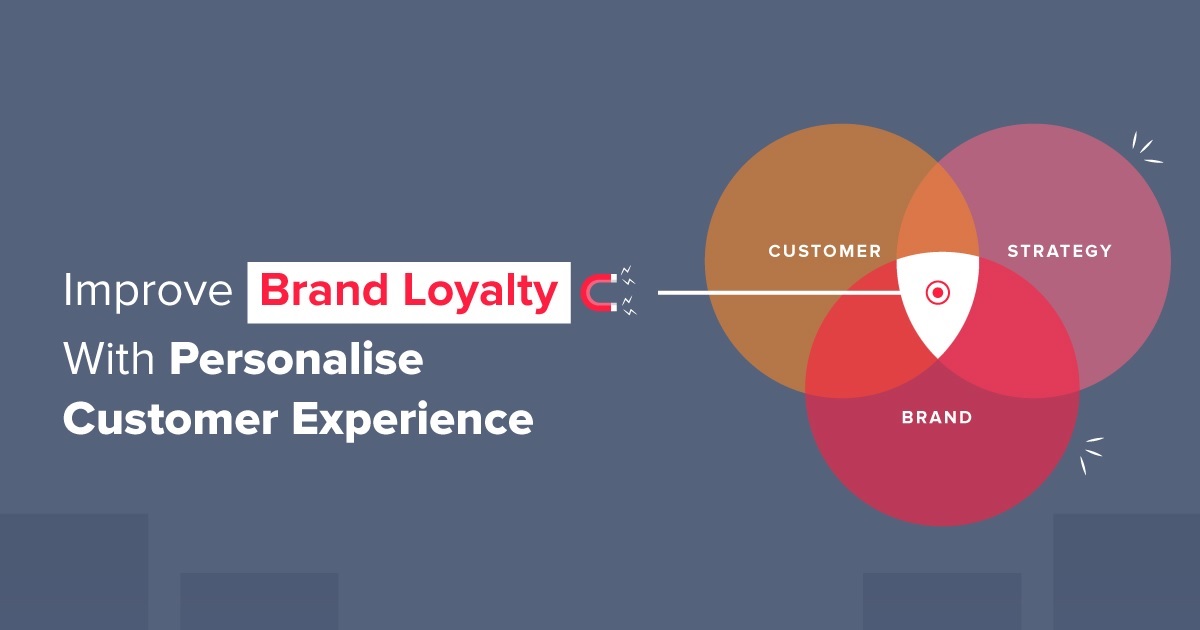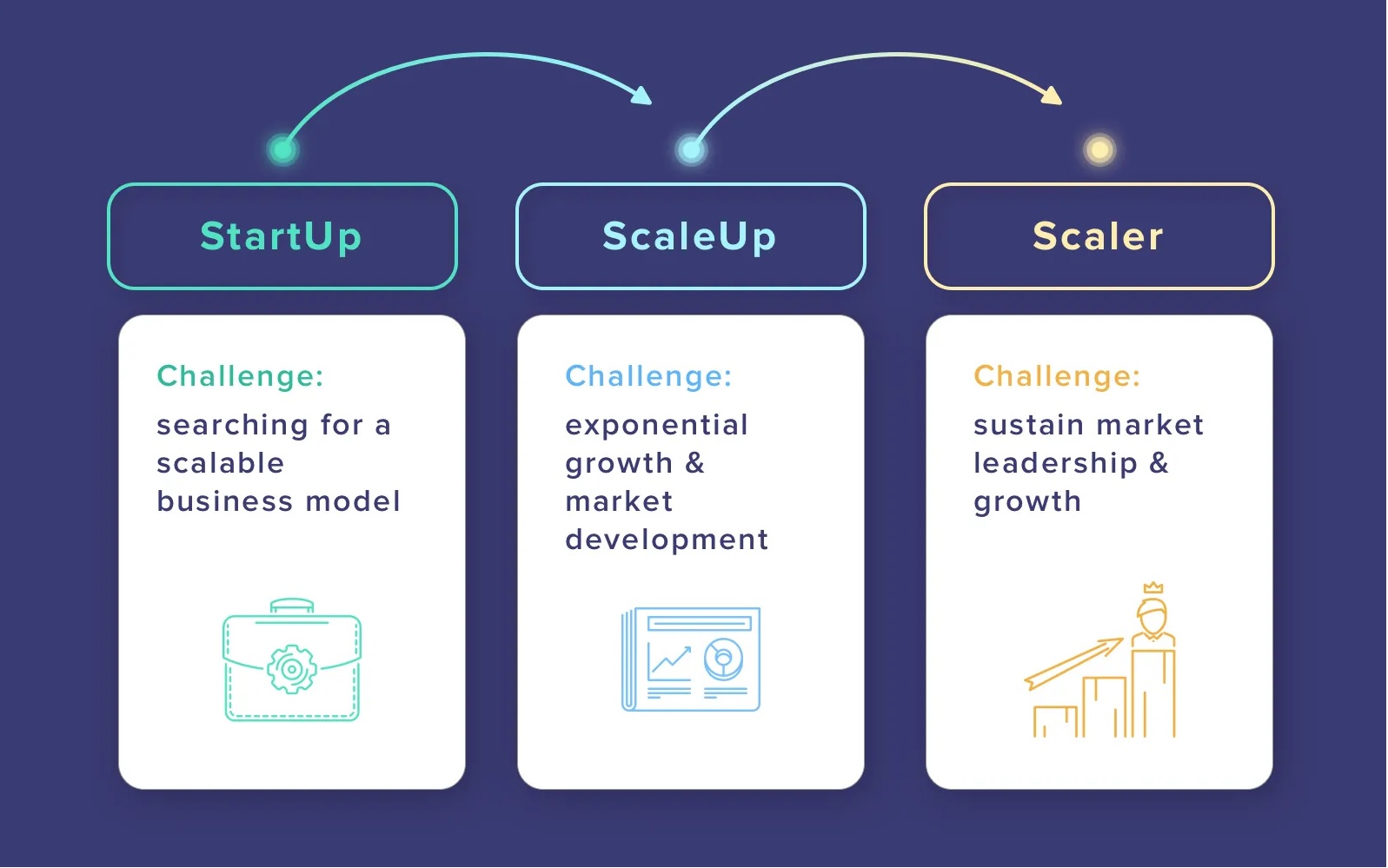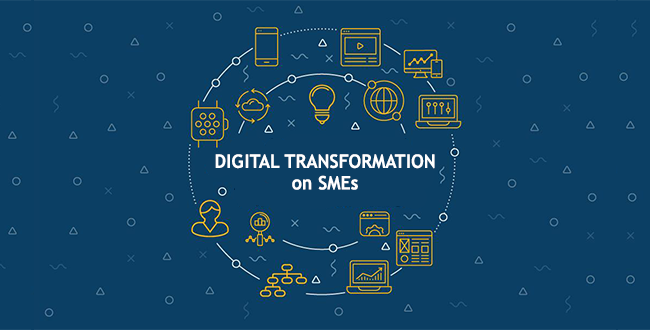Discover how BRIQUE’s advanced automation solutions are revolutionizing business operations by saving time, cutting costs, and enhancing accuracy. Learn why automation is the key to unlocking operational efficiency.
- Why Automation is Crucial for Business Growth
- The BRIQUE Advantage: How It Stands Out in the Automation Market
- Key Benefits of BRIQUE’s Automation Solutions
- How BRIQUE Fits into Various Industries
- Implementing BRIQUE’s Automation Solutions: A Step-by-Step Guide
- FAQs About BRIQUE’s Automation Solutions
- Ready to Transform Your Operations?
Why Automation is Crucial for Business Growth
In today’s competitive environment, businesses are expected to deliver results faster and more accurately than ever before. This pressure often leads to overworked employees, higher error rates, and inflated costs. That’s where automation steps in. By taking over repetitive, manual tasks, automation can free up resources, reduce human error, and improve process efficiency. Here’s why automation is a must-have in today’s business world:
- Saves Time: Automation can handle repetitive tasks in seconds, freeing up employees to focus on higher-value work.
- Reduces Costs: Fewer manual tasks mean fewer labor costs and less room for error.
- Improves Accuracy: Automated systems are consistent, helping reduce mistakes that come from manual data entry or processing.
- Boosts Scalability: As your business grows, automated processes can scale without the need for a proportional increase in resources.
BRIQUE’s automation solutions provide these benefits and more, making it a strategic choice for businesses aiming to stay ahead of the curve.
The BRIQUE Advantage: How It Stands Out in the Automation Market
BRIQUE offers a suite of advanced automation solutions tailored to meet the unique needs of businesses across industries. But what sets BRIQUE apart from other automation providers? Let’s dive into the specific features and benefits that make BRIQUE a top choice.
1. Customized Automation Solutions
One of the main strengths of BRIQUE is its ability to create tailored automation solutions. Instead of offering one-size-fits-all software, BRIQUE takes the time to understand each client’s unique operational needs and challenges. This approach ensures that the automation solution integrates seamlessly with existing systems and workflows, maximizing its effectiveness.
- Client-Centric Approach: BRIQUE collaborates closely with clients to map out processes and identify pain points.
- Flexible Configurations: Solutions are customizable, allowing for specific adjustments based on business requirements.
- Industry-Specific Applications: From finance to manufacturing, BRIQUE’s tools are adaptable to various sectors.
2. Intelligent Process Automation (IPA)
BRIQUE leverages Intelligent Process Automation (IPA), a step beyond traditional automation. IPA combines elements of artificial intelligence (AI) with robotic process automation (RPA) to handle more complex, decision-based tasks. This means that BRIQUE’s automation isn’t just about doing tasks faster but also about making smarter decisions in real time.
- AI-Driven Insights: BRIQUE’s solutions can analyze data and offer actionable insights, driving better decision-making.
- Dynamic Adaptability: The system learns and adapts to changes in process requirements without constant human intervention.
- Enhanced Accuracy: With AI at the helm, BRIQUE’s automation tools minimize errors by continuously learning from data patterns.
3. User-Friendly Interface
One of the biggest challenges with automation tools is the learning curve for employees. BRIQUE has addressed this by creating an intuitive, user-friendly interface that requires minimal training. This means teams can start benefiting from automation quickly, without extensive onboarding.
- Simple Dashboard: BRIQUE’s interface includes a clear, visual dashboard that makes it easy to monitor tasks and results.
- Minimal Training Needed: Most users can get started with just a basic tutorial, reducing time and resources spent on training.
- Accessible for All Skill Levels: Whether tech-savvy or not, BRIQUE’s tools are designed to be used by everyone.
4. Robust Analytics and Reporting
To help businesses measure the impact of automation, BRIQUE provides powerful analytics and reporting features. These tools allow companies to track performance metrics, understand bottlenecks, and continuously improve processes.
- Real-Time Analytics: Get insights as tasks are completed, allowing for immediate adjustments if needed.
- Detailed Reporting: Generate reports that break down time savings, cost reductions, and other key metrics.
- ontinuous Improvement: Use the data to refine processes, making your automation even more effective over time.
Key Benefits of BRIQUE’s Automation Solutions
Now that we’ve covered the standout features, let’s look at the specific benefits businesses can expect when partnering with BRIQUE.
- Enhanced Productivity: By automating routine tasks, employees have more time to focus on strategic initiatives.
- Operational Efficiency: Automation eliminates redundancies and streamlines workflows, leading to smoother operations.
- Cost Savings: With fewer errors and more efficient processes, businesses save on labor costs and reduce wastage.
- Improved Compliance: Automated processes are easier to monitor and document, making it simpler to stay compliant with industry regulations.
How BRIQUE Fits into Various Industries
One of the great things about BRIQUE is its versatility. Here’s how BRIQUE’s automation solutions are transforming operations in different industries:
- Finance: Automated data processing, compliance tracking, and report generation help finance companies reduce manual workloads and improve accuracy.
- Healthcare: Streamlined patient records, appointment scheduling, and billing processes free up healthcare staff to focus on patient care.
- Manufacturing: Automated inventory management, order processing, and quality control enhance productivity and reduce the margin for error.
- Retail: From supply chain management to customer service automation, retail businesses can deliver a seamless experience while keeping costs down.
Implementing BRIQUE’s Automation Solutions: A Step-by-Step Guide
Curious about how to get started with BRIQUE? Here’s a quick look at the typical implementation process:
- Consultation and Process Mapping: BRIQUE begins by understanding your current workflows and identifying areas ripe for automation.
- Solution Design and Customization: Based on the consultation, BRIQUE customizes a solution to fit your needs.
- Deployment and Integration: The automation solution is deployed and integrated with your existing systems.
- Training and Support: BRIQUE provides comprehensive training and ongoing support to ensure a smooth transition.
- Performance Monitoring and Optimization: Post-deployment, BRIQUE continues to monitor the system, making adjustments as needed to maximize benefits.
FAQs About BRIQUE’s Automation Solutions
Ready to Transform Your Operations?
In today’s fast-paced business landscape, companies that fail to embrace automation risk falling behind. BRIQUE’s advanced automation solutions offer a competitive edge, transforming how businesses operate. From increased efficiency to cost savings, the benefits are too significant to ignore. If you’re ready to unlock the full potential of your operations, it’s time to consider BRIQUE as your automation partner.












